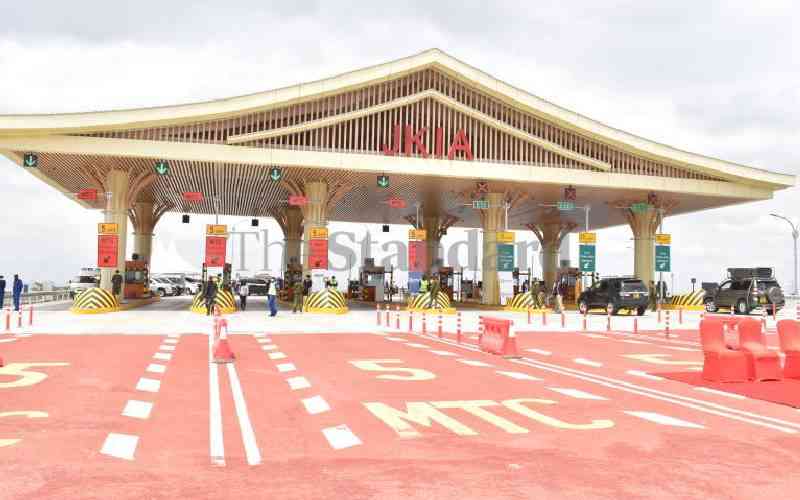×
The Standard e-Paper
Join Thousands Daily

There is no doubt that Jomo Kenyatta International Airport (JKIA) is bursting at the seams. Built in 1978 to handle 2 million passengers annually, the number has grown exponentially over the years. Last year, traveller numbers at the facility rose by 25.2 percent from 6.55 million in 2022 to 8.21 million.